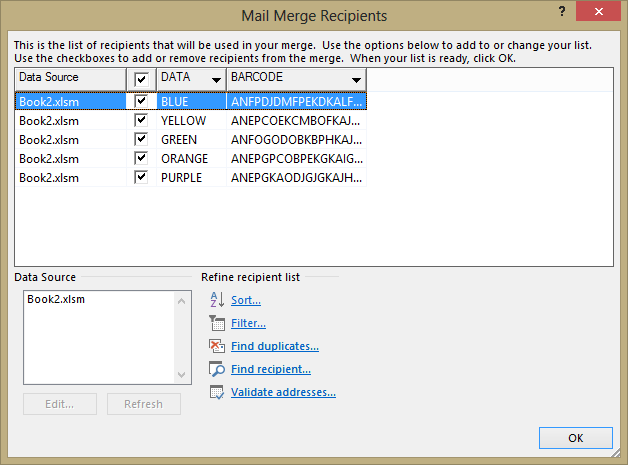
I’m sure it won’t be long before they give us an easier to use/more discoverable mechanism to make this work. The good news is that it can be done, and the better news is that Power Query is constantly being updated. The bad news is that currently it’s a bit painful to do this.
#EXCEL REPLACE CARRIAGE RETURN WITH SPACE CODE#

To insert this character, we need to press Ctrl + J. In this case, we see the carriage return character. We need first to find the value we are replacing. ronrsnfld I wish I had a choice in the matter, but the exports come from a legacy SaaS platform that has apparently never heard of quoted text or escape characters.The CRs are easy enough to get rid of manually (open text reader, do a RegEx-type search for carriage returns and replace them with spaces, hyphens, etc.

We must select the data range and press the Ctrl + H shortcut key. Right click the Text column –> Split Column –> By Delimiter The first method is by using the replace method.But if you select the cell, you’ll see in the preview window that all the data is there:

Select the data –> create new query –> From TableĪt this point, you’d certainly be forgiven for thinking that only the first line was pulled in.In cell A3 type “This” –> Alt + Enter –> “is” –> Alt + Enter –> “text” –> EnterĪnd now we’ll go and pull it in to Power Query:.In cell A2, type “Text” and press Enter.To start with, let’s set up some simple data: Today’s post explores how we can split by line breaks in order to break these types of cell contents into multiple columns. Some more savvy Excel users know that you can break text onto multiple lines in a cell by pressing Alt+Enter mid entry.


 0 kommentar(er)
0 kommentar(er)
